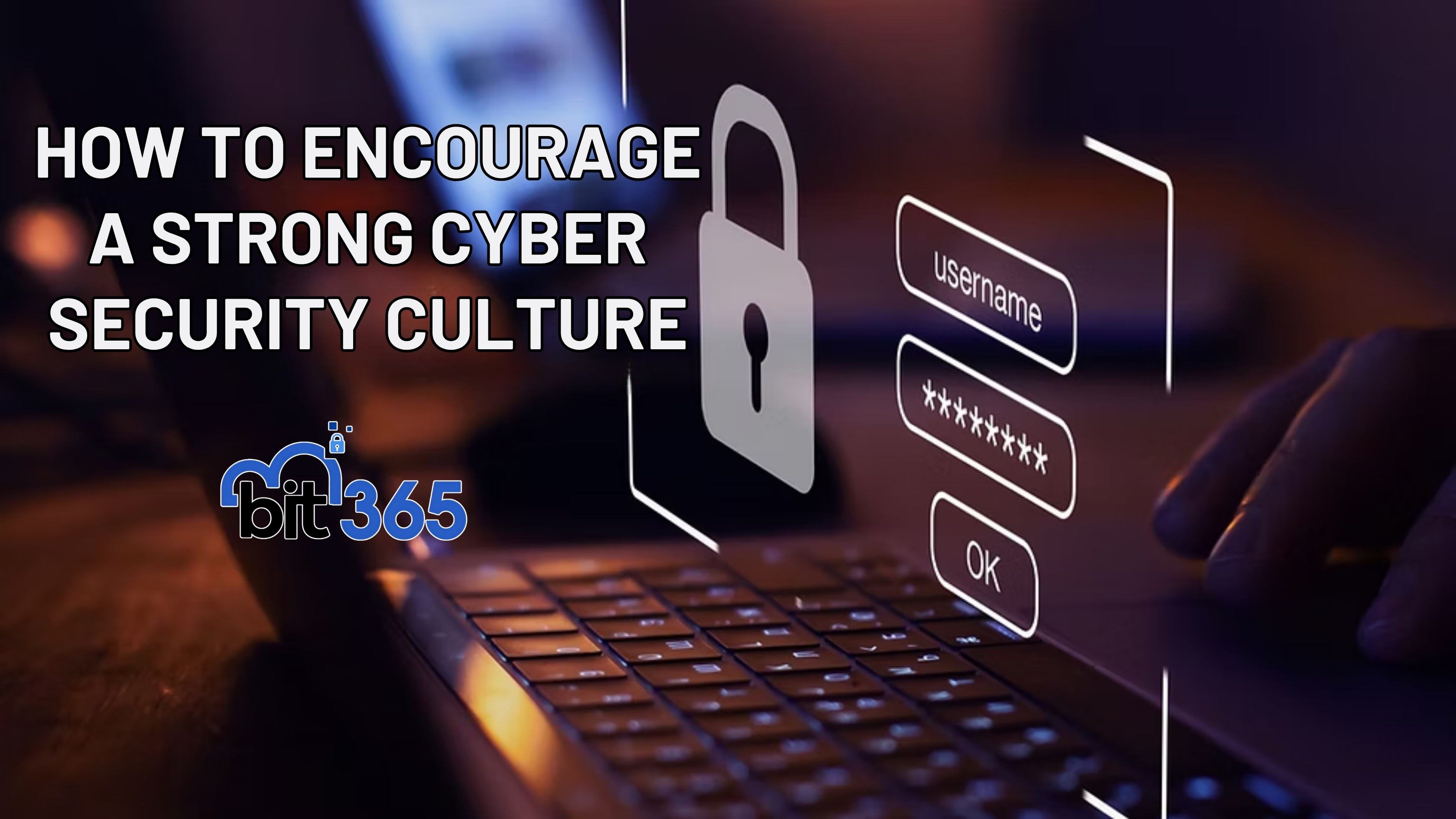
Got IT issues slowing you down? We provide both on-site and remote support across Australia, so help is never far away.
In today’s digital-first world, protecting your personal data has never been more important. With data breaches on the rise and cybercriminals constantly lurking, the dark web has become a dangerous marketplace for stolen information. Unfortunately, once your data ends up there, getting it removed is almost impossible.
In this article, we’ll explore what the dark web is, why it’s so difficult to remove data from it, and the proactive steps you can take to safeguard your personal information — whether you’re an individual or a small business owner in areas like Parramatta, Blacktown, Campbelltown, or Wetherill Park.
The dark web is a hidden part of the internet that search engines like Google can’t access. To visit dark web sites, you need special tools like the Tor browser, which masks your identity by bouncing your traffic through multiple servers. While the dark web can be used for privacy-focused purposes, it’s also widely known for illegal activity — including the trade of stolen personal data.
Unlike the surface web (websites we access daily) or the deep web (private databases like email or banking portals), the dark web is intentionally hidden. Its decentralized and anonymous structure makes it very difficult to trace, regulate, or remove information once it’s uploaded.
The short answer is no — completely removing data from the dark web is nearly impossible. Once your information has been exposed, it’s typically copied, sold, and shared across countless illegal forums and marketplaces. Even if one site is taken down, your data may live on in backups, spreadsheets, or chat logs elsewhere.
There are several reasons why data removal from the dark web is such a challenge:
Because of this, your best defense is not removal — it’s prevention and protection.
While you can’t erase data from the dark web, you can take steps to minimize its impact and reduce future risks.
Use identity theft protection services that scan the dark web for your information. Services like these can alert you if your name, email, or personal details are being sold or used illegally.
Add an extra layer of protection to your online accounts. Even if someone has your password, they’ll need a second code (often sent to your phone) to get in.
Avoid using the same password across multiple accounts. Use a password manager to generate and store strong, unique passwords.
Search for your name, email, or phone number periodically. Tools like Google Alerts or privacy-focused search engines can help identify exposure.
A layered security strategy goes a long way. Here are a few powerful techniques that can help protect your data:
Data brokers collect and sell your personal details to marketers, insurers — and sometimes, cybercriminals. Services like Optery or Privacy Bee can help remove your data from these lists efficiently.
A VPN encrypts your online activity and hides your IP address, offering another level of privacy while browsing.
Avoid clicking on suspicious links or attachments. Phishing scams are one of the most common ways attackers gain access to personal data.
If you’ve been alerted that your data is on the dark web, act fast:
The dark web is a real threat, but you’re not powerless. By taking a proactive approach to cybersecurity, you can reduce your risk and respond quickly if a breach occurs.
At BIT365, we help businesses across Western Sydney, from Wetherill Park to Campbelltown, secure their data, monitor for breaches, and protect their customers' trust.
Concerned your information may already be exposed?
Let’s secure your digital footprint before cybercriminals do.
👉 Book a free cybersecurity consult with BIT365

Got IT issues slowing you down? We provide both on-site and remote support across Australia, so help is never far away.
BIT365 offers a full range of managed IT services, including cybersecurity, cloud solutions, Microsoft 365 support, data backup, and on-site or remote tech support for businesses across Australia.
No. While we have a strong presence in Western Sydney, BIT365 supports businesses nationwide — delivering reliable IT solutions both remotely and on-site.
We pride ourselves on fast response times. With remote access tools and on-site technicians, BIT365 can often resolve issues the same day, keeping your business running smoothly.
BIT365 combines local expertise with enterprise-grade solutions. We’re proactive, not just reactive — preventing issues before they impact your business. Plus, our friendly team explains IT in plain English, so you always know what’s happening.
